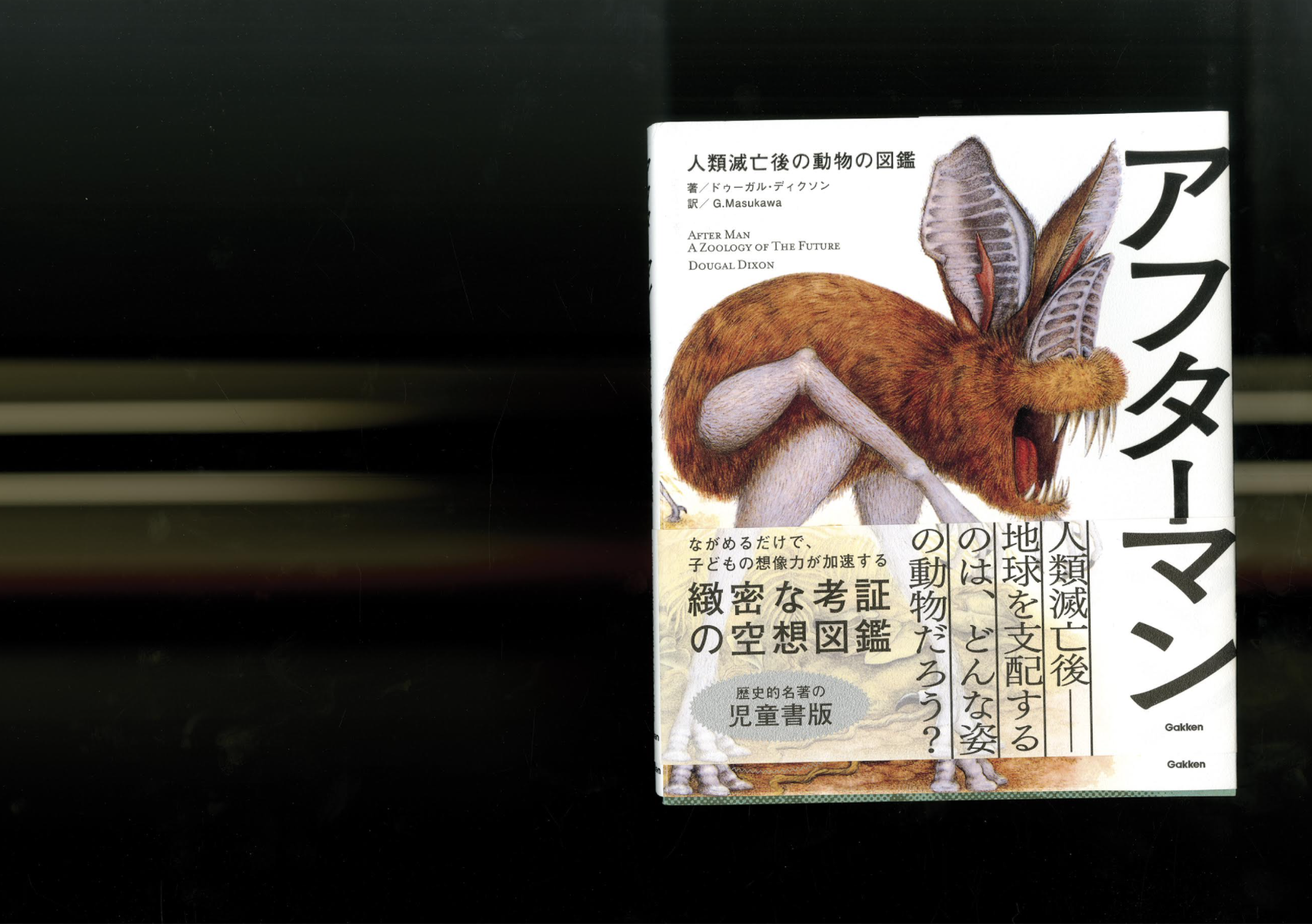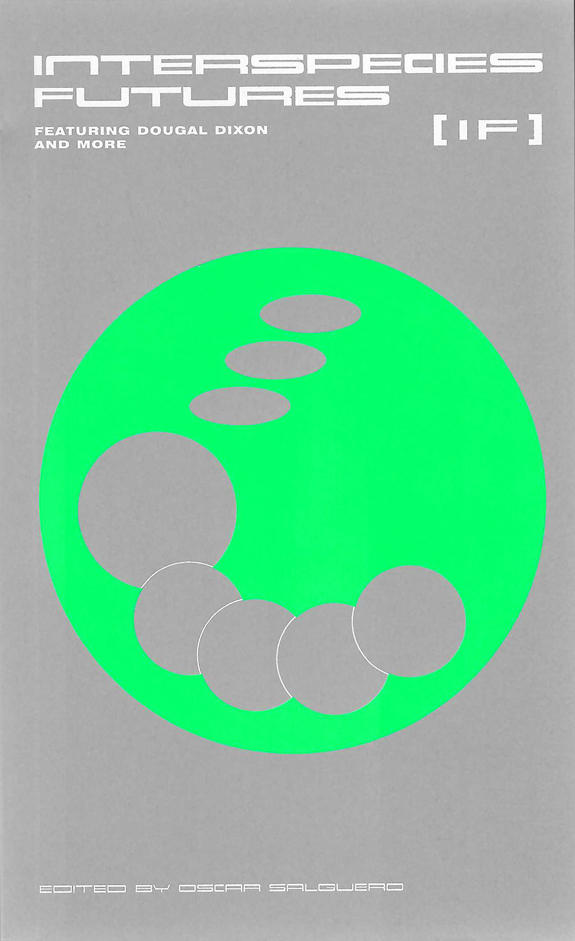This interdisciplinary panel discussion will provide an overview of book projects that were commissioned exclusively for the Interspecies Futures project:
- Becoming a Bat, Embodying COVID-19 (2021) by designer/artist Noam Youngrak Son (KR/BE)
- Non Flowers (2021) by critical designer Thomas Pausz (FR/IS)
- Signal_Crayfish (2021) by artist Kristoffer Ørum (DK)
- Pink Chicken Project (2021) by duo Nonhuman Nonsense (SE/DE)
Each artist will discuss their design and production processes, the implications of making these books during a global pandemic, and how they understand the role of publications as portals of awareness and fascination towards other species.
Note: Center for Book Arts will hold this event entirely online. A Zoom link will be sent in an email to all registrants.
About the Speakers
Noam Youngrak Son are an Eindhoven-based designer. They inscribe myths for the underrepresented in various mediums, from books to performances to 3d printed sex toys. They are excited about the unexpectedness that a well-designed fiction can open up, and critical political discussions that it may cultivate. They use their capability as a designer to visualize and materialize the setup for the technological & ecological bodies in their fiction to play roles in.
Noam refuse to define their gender as neither exclusively male nor female. In other words, Noam socially, culturally refuse to be neither male nor female. Noam refuses every norm of gender-binary. Noam’s identity as a queer person of colour is one of the axes of their design practices.
They’re currently enrolled at Design Academy Eindhoven. Since September 2018, they’ve been running a self-publishing project d-act magazine, a quarterly publication that features their own design projects. The most recent issue of d-act magazine is being sold in 5 different cities internationally.
Thomas Pausz is a critical designer and artist born in Paris and based in Reykjavik. His practice focuses on the exploration of alternative ecologies, and the possible unforeseen interactions between life forms, technology, and media.
Thomas was artist in residence at the Delfina Foundation in London in 2016, interim artist at the Srishti School of Arts in Bangalore in 2017, and was a Fellow at the Akademie Schloss Solitude in 2011-2012.
Kristoffer Ørum is an interdisciplinary researcher and artist based in Copenhagen, Denmark. His work deals with the impact digital technologies have on our contemporary everyday lives. He misuses and misunderstands ubiquitous technologies such as computer vision to wireless networks. Creating narratives that run counter to what the dominant narratives of fear and despondency.
His foundations in art world provide him with a base from which he teaches, writes, exhibits, and organises in a wide variety of contexts. From the self-organised to the institutional, in and outside of an art context.
He thinks of himself as an aggregator of material and ideas from a shared cultural sphere rather than an authoritative author. As such he maintains an “open practice” where he publishes and discusses his work on social media as it develops and changes.
Nonhuman Nonsense is a research-driven design and art studio creating near-future fabulations and experiments somewhere between utopia and dystopia. They seek to transmute our relationship to the non-human, by embracing the contradictory and the paradoxical – telling stories that open the public imaginary to futures that currently seem impossible. Founded by Leo Fidjeland and Linnea Våglund, it is based between Berlin and Stockholm.
Nonhuman Nonsense work in the embryonic stages of system transformation, in the realm of social dreaming and world-making processes. Aiming to redirect focus to the underlying ethical and political issues, to challenge the power structures that enable and aggravate the current destruction of the (non)human world – allowing other entities to exist.
About the Exhibition
Interspecies Futures [IF] is the first survey of bookworks by leading international practitioners from the contemporary fields of bio-art and speculative design who have turned to the codex as a tool for the proposal of alternative human-nonhuman scenarios.
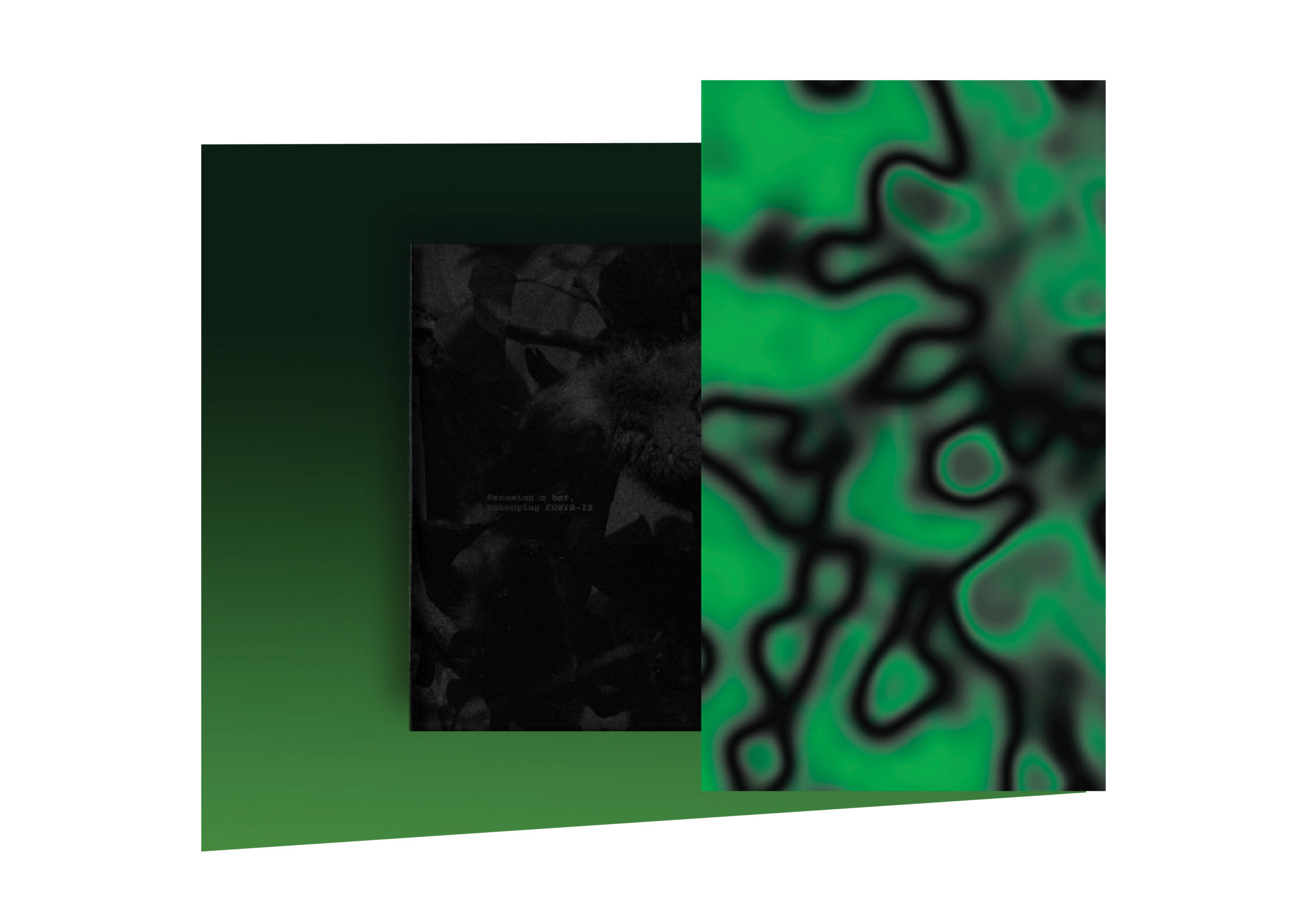
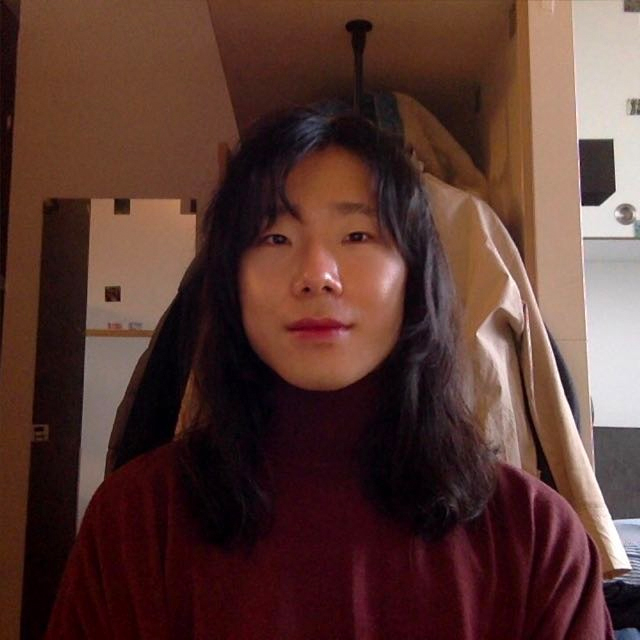
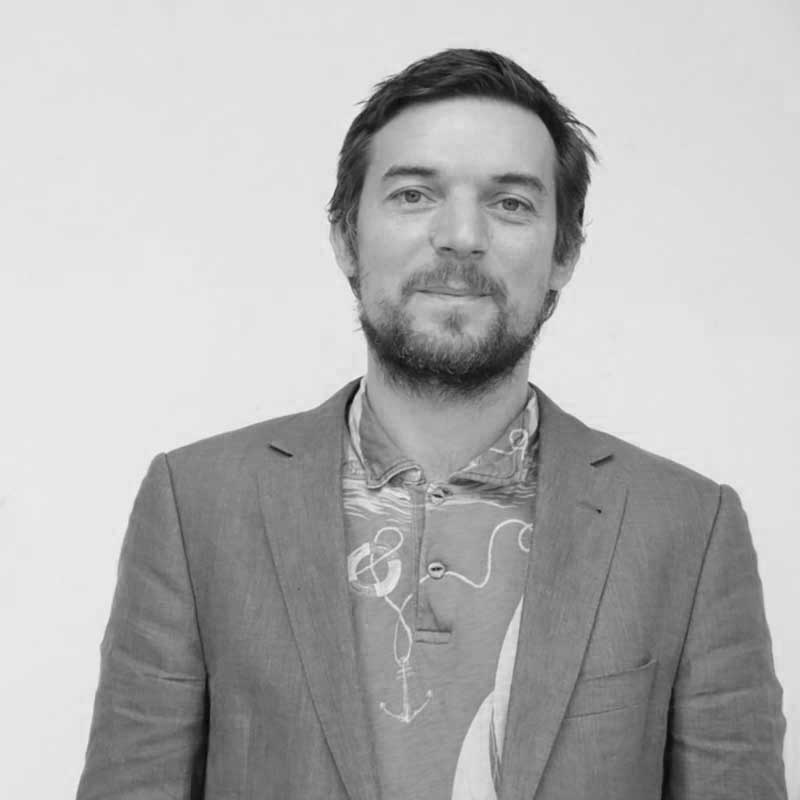

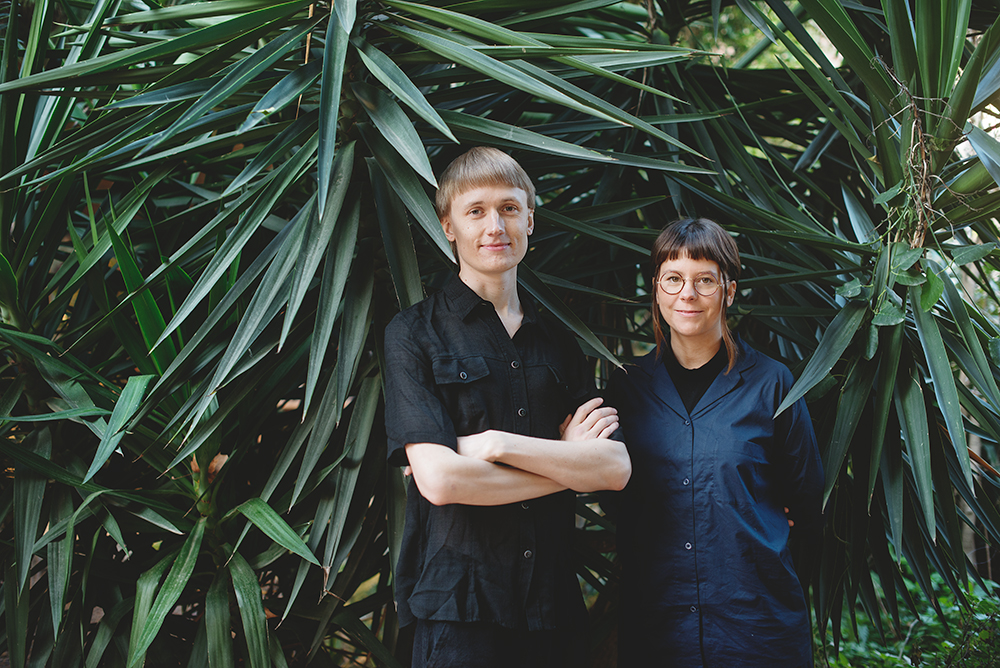
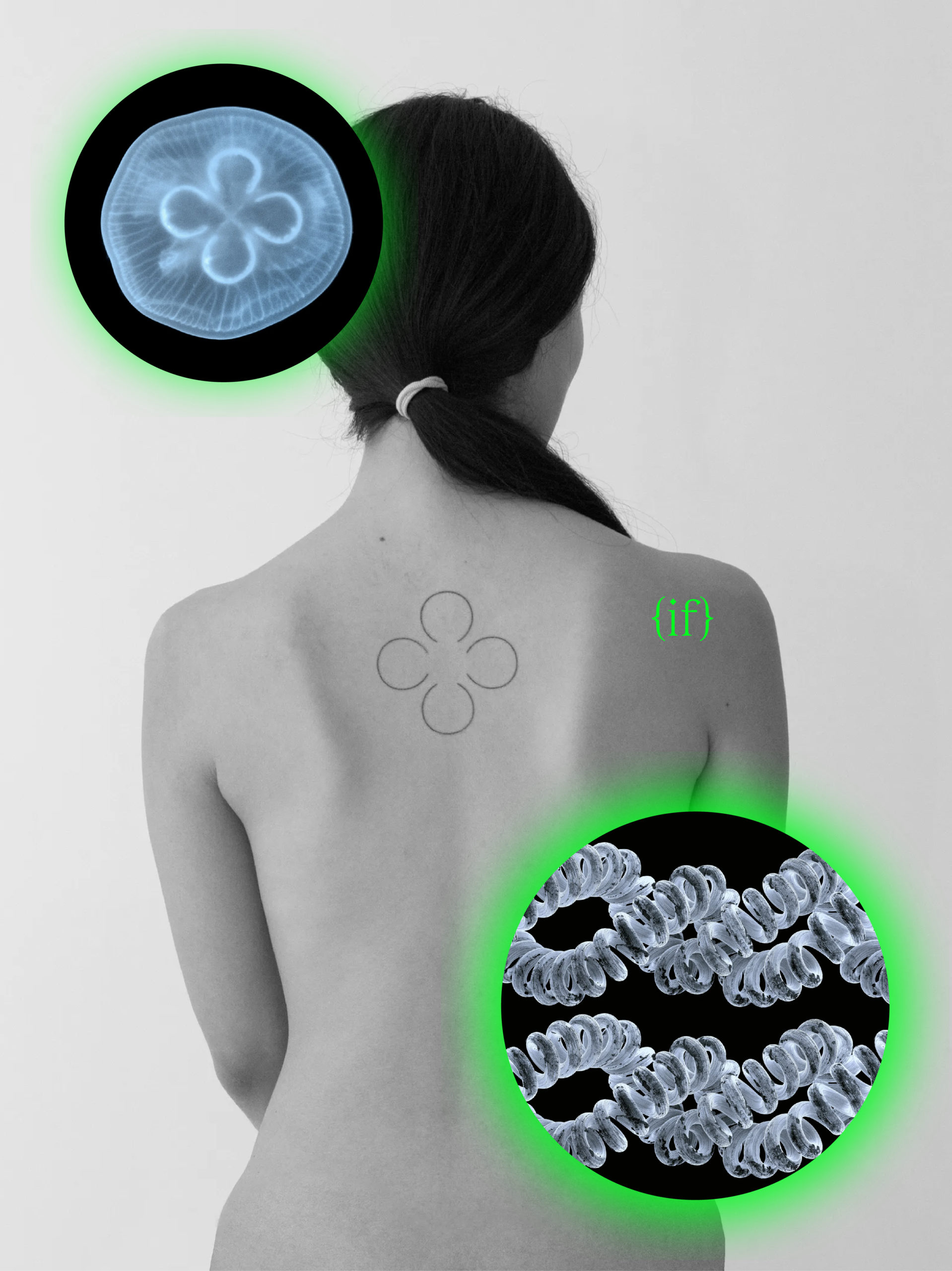

![Detail image of a binder with a pocket encasing a book with the title, DNA SEQUENCE OF THE [indiscernible word]. There is a photograph on the left with organic textures that are also indiscernible.](https://centerforbookarts.org/wp-content/uploads/2021/03/Mermaid-scaled.jpg)
